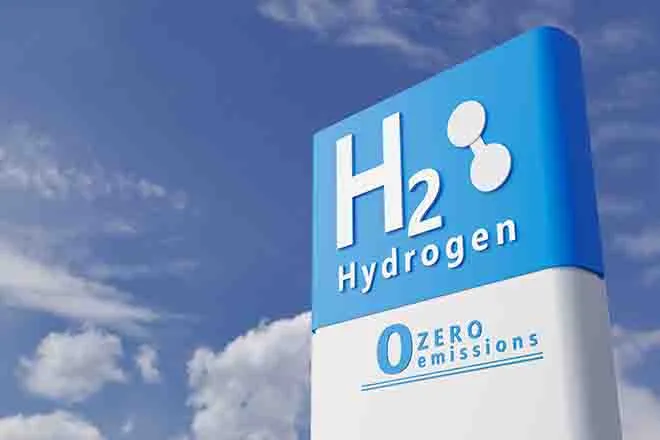
EarthTalk - What are we doing to transition away from fossil fuels?
© iStock
Roddy Scheer & Doug Moss
Dear EarthTalk:
What are we doing to promote and advance the kind of large-scale development of solar and other renewables needed to transition away from fossil fuels?
Jim M., Fairfield, CT
We may not have any time to waste in our effort to wean ourselves off fossil fuels. Getting the United States to a place where our electricity needs can be met by renewables is going to take concerted effort on the part of a multitude of public and private entities.
According to the trade group, Solar Energy Industries Association, utility scale solar projects are few and far between in the U.S. right now, but represents the fastest growing sector of the domestic energy market. SEIA reports that there are more than 37,000 megawatts (MW) of utility-scale solar projects currently up and running across the country, and another 112,000 MW are under development.
According to the energy research firm Woods Mackenzie, converting the entire U.S. power grid to 100 percent renewable energy over the next 10 years—just in time to possibly avert cataclysmic climate change—is technologically and logistically possible, but would cost something like $4.5 trillion. While that is a lot of money, how much money is too much when it comes to saving humanity and the rest of the living planet’s inhabitants?
And without some kind of vision or roadmap, there’s no way we can make the transition quickly enough to save ourselves. That’s why six large solar developers, land conservation and environmental groups, tribal entities, agricultural interests, community groups and investors came together in October 2023 to commit to furthering the build-out of large-scale solar infrastructure across the U.S. While it may seem like bad business for competitors to work together, the challenge is great enough that they all can benefit, especially if we can transition quickly. A rising tide lifts all boats.
This recent agreement reinforces efforts already underway at the local and regional levels across the country. The federal government’s National Renewable Energy Laboratory (NREL) has been working with large-scale farms from coast-to-coast in an effort to pair solar installations with agriculture—so called agrivoltaics—creating energy and providing space for crops, grazing and native habitats under and between photovoltaic panels. NREL is partnering with researchers at the University of Illinois at Urbana-Champaign to investigate how to optimize both crop production and the generation of renewable energy to maximize farm profitability while helping transition the nation away from fossil fuels.
Meanwhile, municipal, county and state governments across the U.S. are showing increased interest in implementing large-scale solar projects in their own locales. To this end, the American Planning Association recently published its free guidebook, Solar@Scale, designed to help local government practitioners—including planners, economic development professionals, local government managers and elected and appointed officials—make decisions that improve large-scale solar development outcomes that result in the creation of local jobs and power while boosting energy security and reducing communities’ carbon footprints.
CONTACTS
- Solar Dialogue Agreement: https://woods.stanford.edu/research/solar-landconservation
- Utility-Scale Solar, https://www.seia.org/initiatives/utility-scale-solar-power
- Solar@Scale, https://www.planning.org/publications/document/9222548/
- Agrivoltaics, https://www.nrel.gov/solar/market-research-analysis/agrivoltaics.html.
















